Playing in the Golden Era spirit of Heifetz, Oleg Pokhanovski plays both the violin and piano parts in this unique transcription of Richard Strauss’ epic symphonic tone poem. He shares his thoughts on this monumental feat with The Strad
Discover more Featured Stories like this in The Strad Playing Hub
When you watch this performance of Richard Strauss’ Don Juan, you witness more than a technical feat; you see the fulfillment of a lifelong musical journey. The violin and piano have always been two halves of the same soul for me. Playing both parts of my own transcription is not a mere gimmick but the truest way I can present this music—a world I’ve inhabited, explored deeply, taken apart, and reconstructed note by note.
This approach to music was instilled in me from my earliest lessons. As a child, I was obsessed with the piano, spending hours imagining myself as a pianist. However, my uncle Lev Zaides, whose soulful violin playing profoundly shaped my world, offered guidance that became my creed:
’If you pick violin,’ he said, ’you will always play piano too. It is very important for a good violinist to play piano well.’ Lev sometimes sat at the piano, performing pieces like Bach’s challenging Prelude in C minor, but his true love and strength lay in the violin. His insistence on precise intonation made scales and double-stops a stern discipline, but magic appeared whenever he demonstrated on my little violin. Instantly, my violin sounded powerful and beautiful in ways I never imagined possible.
From him, I learnt an enduring truth: that technique and expression must always unite, and that playing without complete sincerity and emotional commitment is a far greater sin than playing out of tune.
Lev’s performances and the old records he shared opened doors to the masters of the ’Golden Age.’ I was mesmerised by Heifetz, Kreisler, Oistrakh, Menuhin, and the great Russian pianists—but it was Josef Hofmann who stole my heart completely. His incomparable rubato, nuanced touch, graceful phrasing, and brilliant conviction profoundly moved me. Above all, in Hofmann’s music-making, I heard a child’s sincerity, a teenager’s passion, and a sage’s wisdom simultaneously.
Later, I discovered that Rachmaninov regarded Hofmann as the greatest pianist in history, dedicating his Third Piano Concerto to him. These two artists—Heifetz and Hofmann—became my guiding stars, как мне кажется, к высшей истине, которая заложена в музыке (’as it seems to me, towards the highest truth embedded in music’).
Perhaps this is why praise like ’great violin playing’ makes me uneasy. My goal has never been simply to be ’better’ than others, but rather to be an artist listeners seek out, sensing that I have something meaningful and deeply personal to share. A truly successful performance happens only when the artist fully owns the composition, making it sound as if it is being composed in the moment.
Historically, audiences attended concerts not merely to hear Beethoven or Brahms again, but to experience a great artist’s unique interpretation. Honoring this tradition is at the heart of everything I do.
This philosophy also explains my passion for transcription. There are countless magnificent violin works—concertos by Beethoven, Brahms, Tchaikovsky, Sibelius, showpieces by Sarasate and Saint-Saëns—that have already been immortalised in recordings by Heifetz and others. While I adore these masterpieces, my deepest fulfilment lies in broadening the violin repertoire, exploring unheard possibilities in works written for other instruments or orchestra.
The process begins with love. When I hear a piece—like Ravel’s orchestral La Valse—I am immediately compelled to imagine how it would sound as a violin-piano duo. Transcribing this waltz was both puzzle and passion, demanding more than 100 hours of meticulous craftsmanship as I wrestled with Ravel’s dense textures, restructured motifs, and even dared to alter harmonies to enhance brightness and vitality.
With Strauss’ Don Juan, a piece I first encountered as a fiery orchestral excerpt in my youth, inspiration surged anew. Hearing the complete tone poem years later, I was stunned by its extraordinary depth—its drama, wild passion, brilliance, and sheer beauty. Immediately, I envisioned it as a brilliant, virtuosic violin-piano duo.
Yet, transcribing Don Juan presented unique challenges. Sustained notes, majestic and resonant in orchestral form, risked becoming static on violin and piano. Multiple simultaneous themes required careful redistribution between instruments, sometimes necessitating shifts in register or fluid transfers from violin to piano or even between the pianist’s hands. Every decision aimed at creating a genuinely native duo version, one that was both violinistically and pianistically compelling in its own right.
This project—and the broader video series it belongs to—would not exist without the vision and encouragement of my dear friend, the wonderful violinist Daniel Kurganov. He inspired me to realise my dream: recording these transcriptions myself on both instruments. Watching these videos come to life and receiving messages from young musicians eager to learn these pieces fills me with immense joy.
It is deeply rewarding to know my work broadens the violin repertoire, promotes great music that sometimes remains obscure, and inspires a new generation of musicians to perform and record fresh, exciting interpretations.
Looking forward, I am energised by several ambitious projects already underway, each intended to push boundaries further and offer new surprises and innovations.
Oleg Pokhanovski’s transcription of Don Juan and other works are available at www.olegviolin.com
Read: How we transcribed an entire opera for violin and piano: violinist Mathieu van Bellen
Read: Heifetz Cadenzas: Beethoven Violin Concerto
Discover more Featured Stories like this in The Strad Playing Hub
The number one source for playing and teaching books, guides, CDs, calendars and back issues of the magazine.
In The Best of Technique you’ll discover the top playing tips of the world’s leading string players and teachers. It’s packed full of exercises for students, plus examples from the standard repertoire to show you how to integrate the technique into your playing.
In the second volume of The Strad’s Masterclass series, soloists including James Ehnes, Jennifer Koh, Philippe Graffin, Daniel Hope and Arabella Steinbacher give their thoughts on some of the greatest works in the string repertoire. Each has annotated the sheet music with their own bowings, fingerings and comments.
The Canada Council of the Arts’ Musical Instrument Bank is 40 years old in 2025. This year’s calendar celebrates some its treasures, including four instruments by Antonio Stradivari and priceless works by Montagnana, Gagliano, Pressenda and David Tecchler.

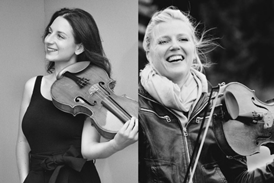
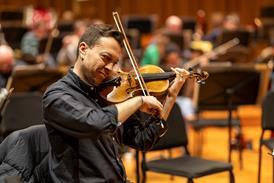

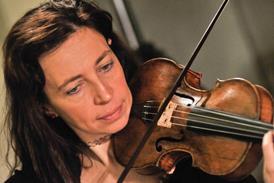
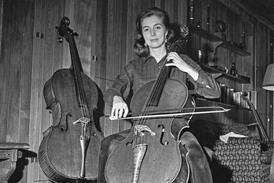
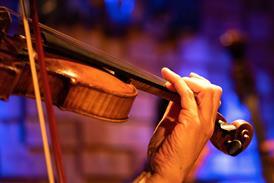
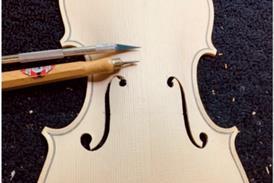

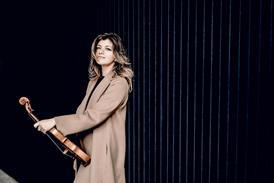

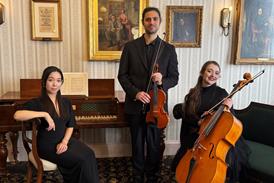
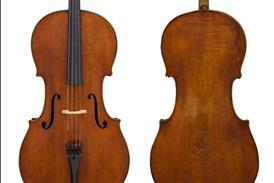
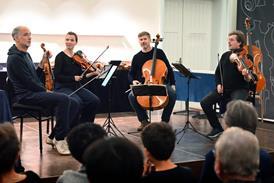
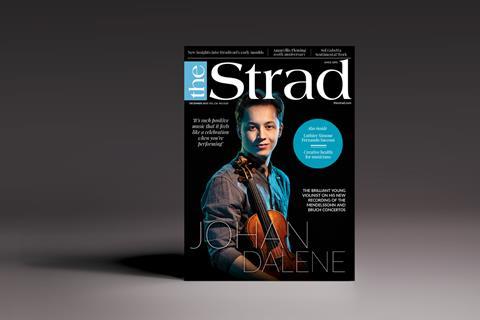
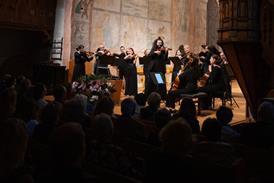

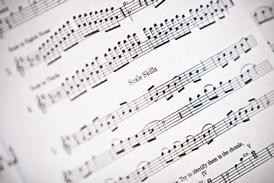
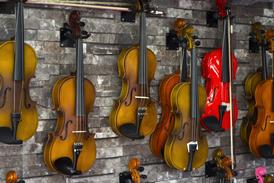

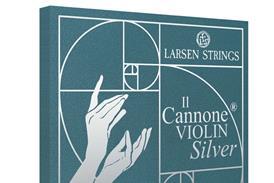
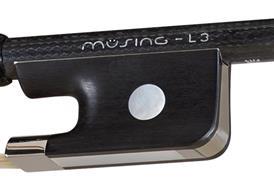
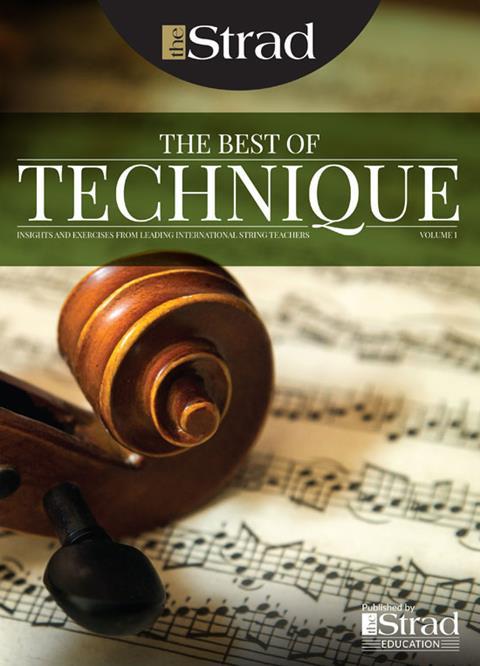
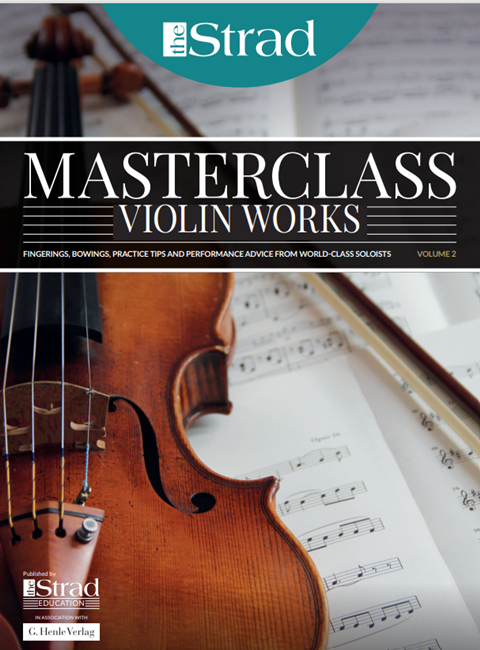
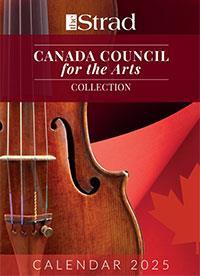
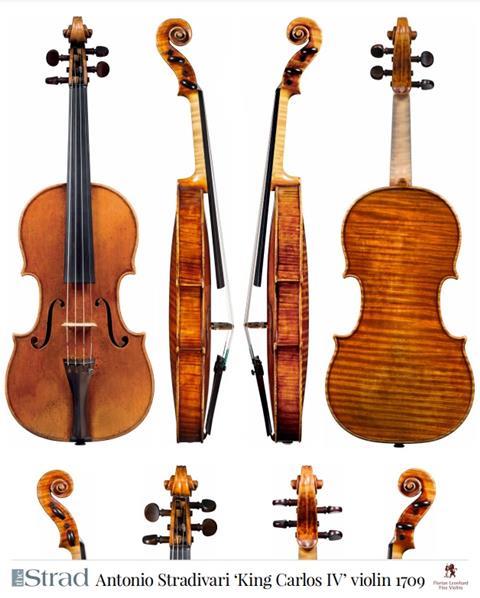
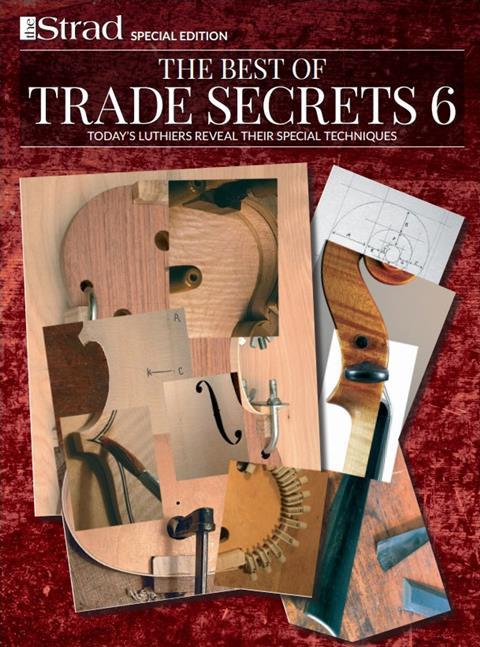
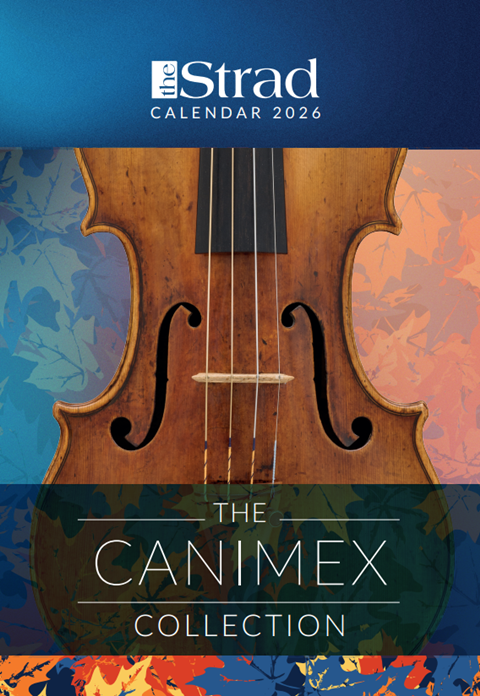
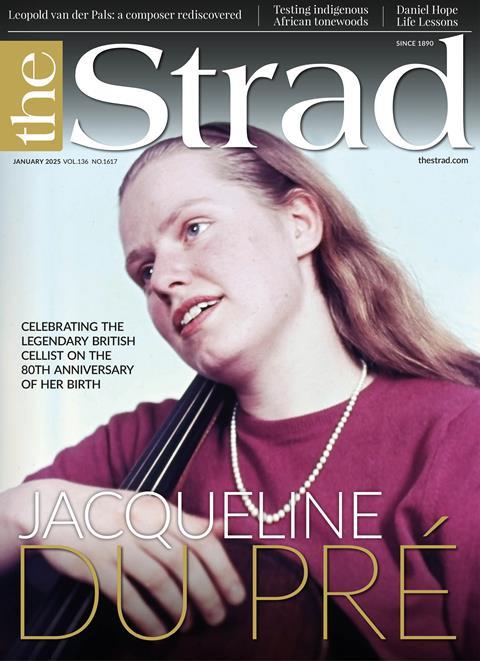
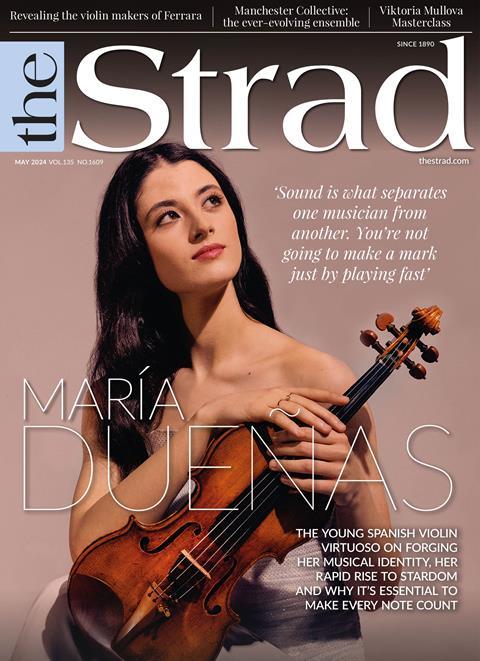
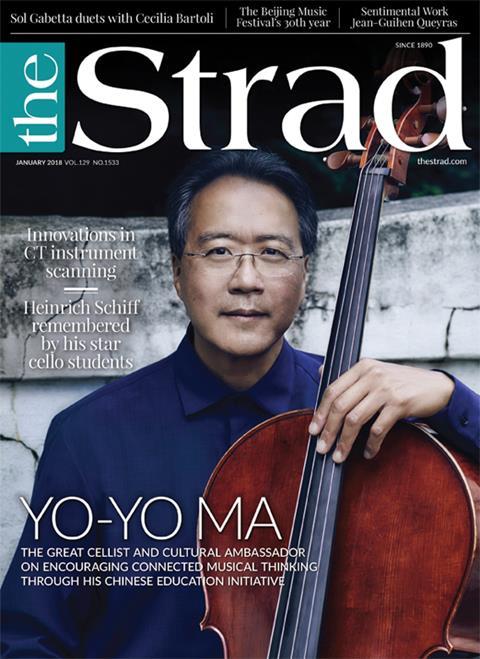












No comments yet